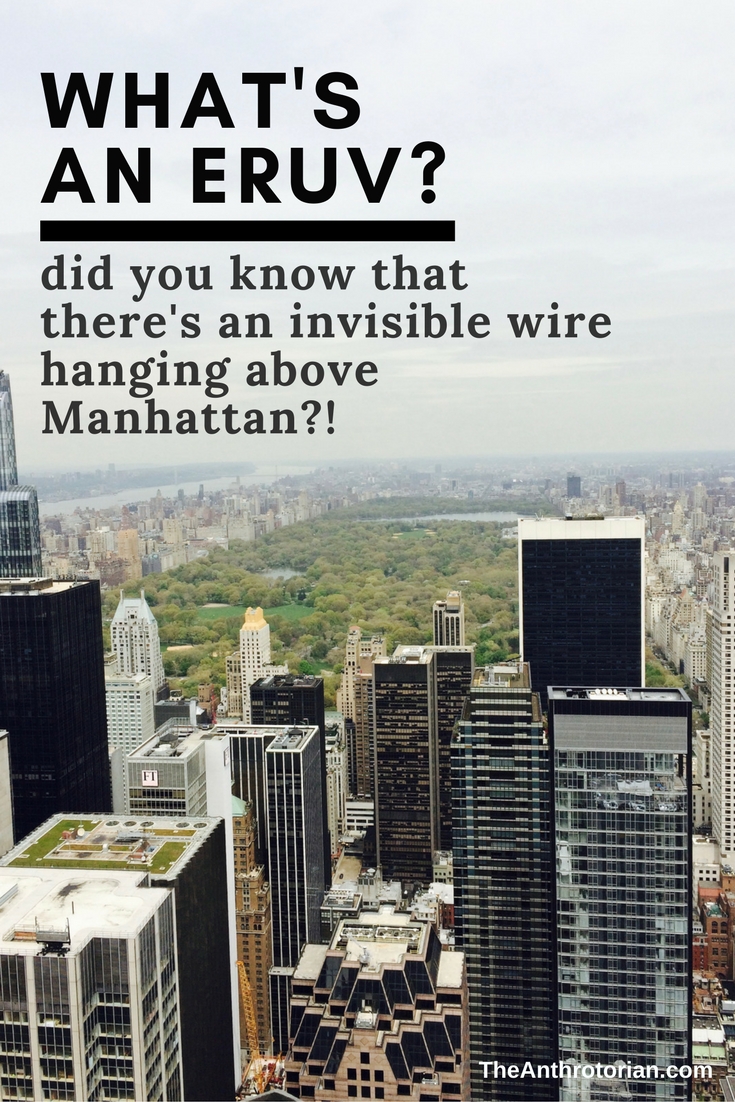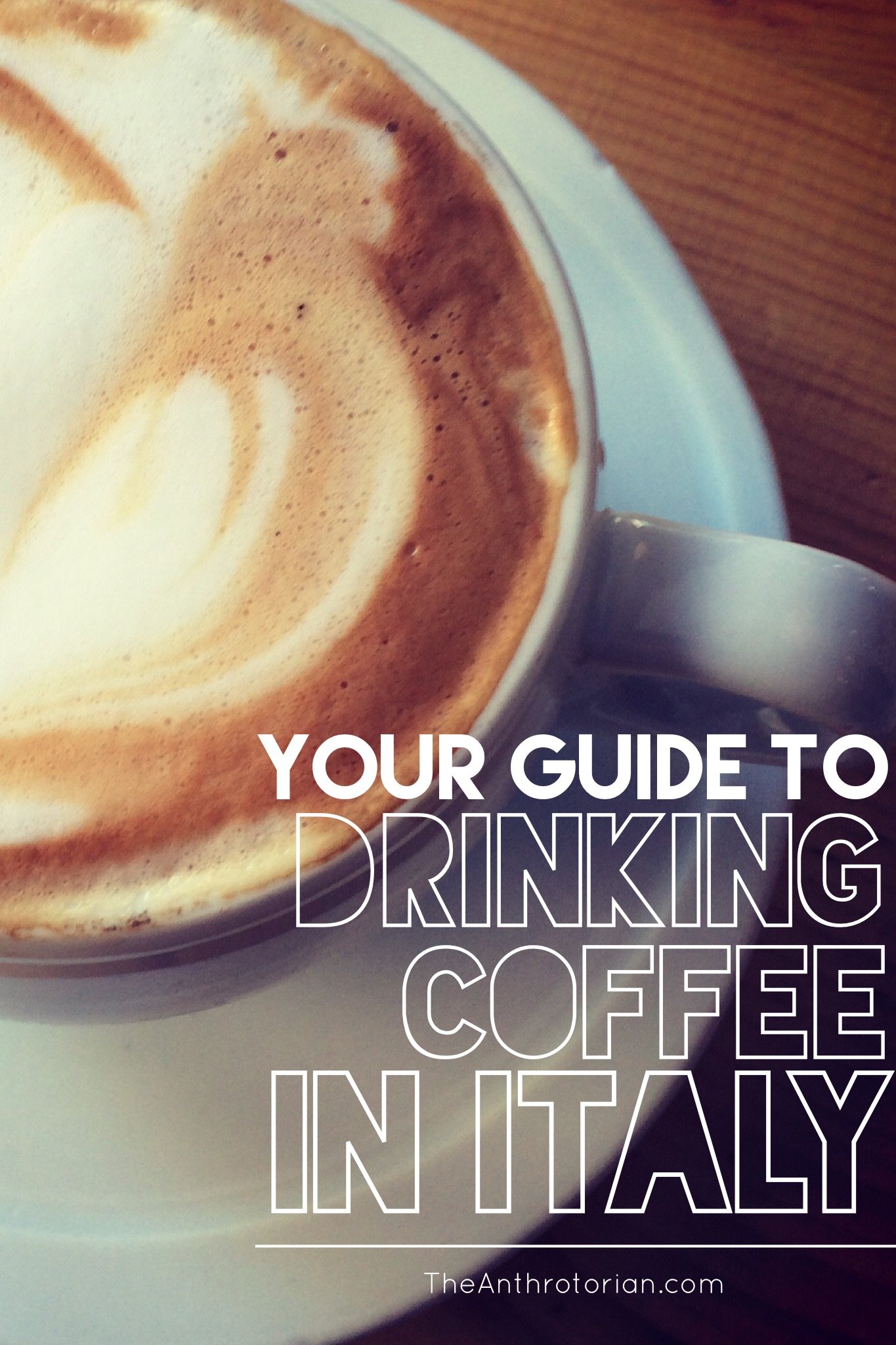I am constantly asked for advice on when the best time to travel is and my answer is always the same — the shoulder or off-season.
This tends to fall outside of the summer months and in between holidays, when the weather is colder, the days a bit shorter, and there are no popular festivals filling the streets. While you may have to wear a few extra layers while exploring, traveling during this time of year has A LOT of benefits.
1. You Look Less Like A Tourist
There is nothing that screams ‘tourist’ more than runners, shorts, a brightly coloured T-shirt, and a sunburn.
Not only that, if you are from a dry country and are touring somewhere humid in the middle of summer, you are sure to be sweating as you sit in a crowded subway or walk down sunny streets. (Trust me, I’ve experienced it).
If you are travelling in the off-season, you will more likely be wearing clothing that helps you blend better with the locals and will be more comfortable in the cooler climate.
2. Locals Are More Patient
If you live anywhere that is considered a ‘tourist destination’, you know how annoying large, loud groups who don’t look where they are walking and force you to wait in line for a coffee can be.
In the off-season, having had a break from the onslaught of travellers, the waiter in the cafe will be more patient while you struggle to order a coffee in his native tongue, and shop owners are sure to be kinder.
3. Scam Artists and Pick-Pockets are on Vacation
Scam artists go where the business is, and in the off-season, the people trying to charge you $20 for a walking tour to nowhere or $30 for a plastic statue of Michelangelo’s David are nowhere to be found.
Without a crowd to hide what they are doing, pick-pockets are also sure to keep their distance.
4. Costs are Significantly Lower
Not only will your accommodation be almost cut in half, the price of meals, admission, taxis, souvenirs, tours — pretty much EVERYTHING — will be cheap, cheap, cheap!
I stayed at a resort on the beach in the Algarve last November for 30% of what it would cost during the peak season. It was still warm enough to suntan during the day and it was lovely to have my pick of spots on the beach!
5. Attractions Are People-Free and Relaxing
Imagine standing in front of the Mona Lisa completely alone, taking a photo of the Colosseum without a single person in it, or walking into a temple at Angkor that not a soul is in but you.
All of these things are possible (I promise, I have the photos and experiences to prove it!) if you embrace off-season travel!














